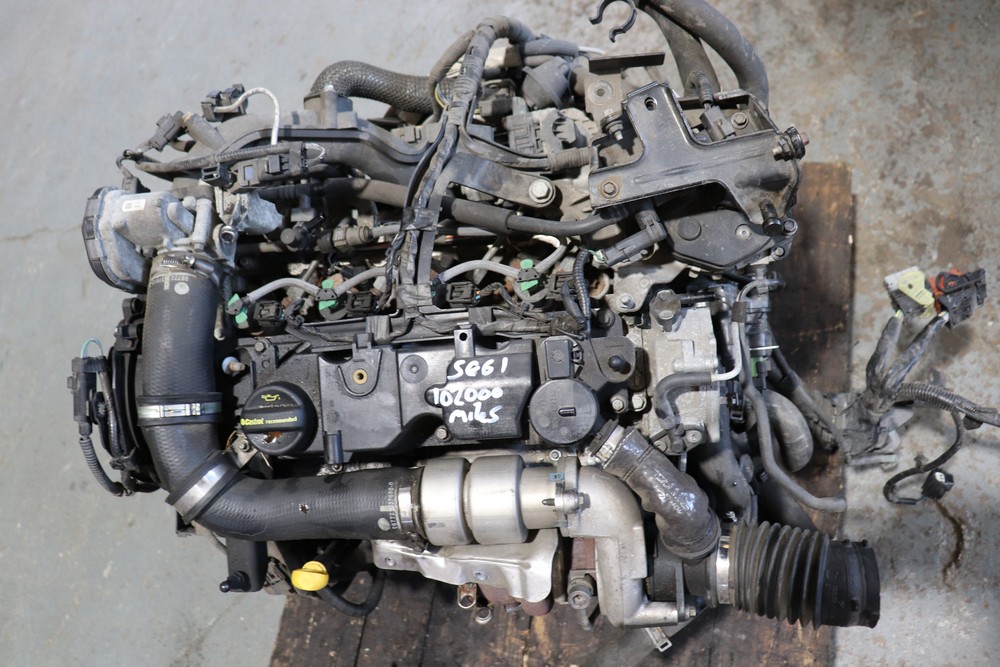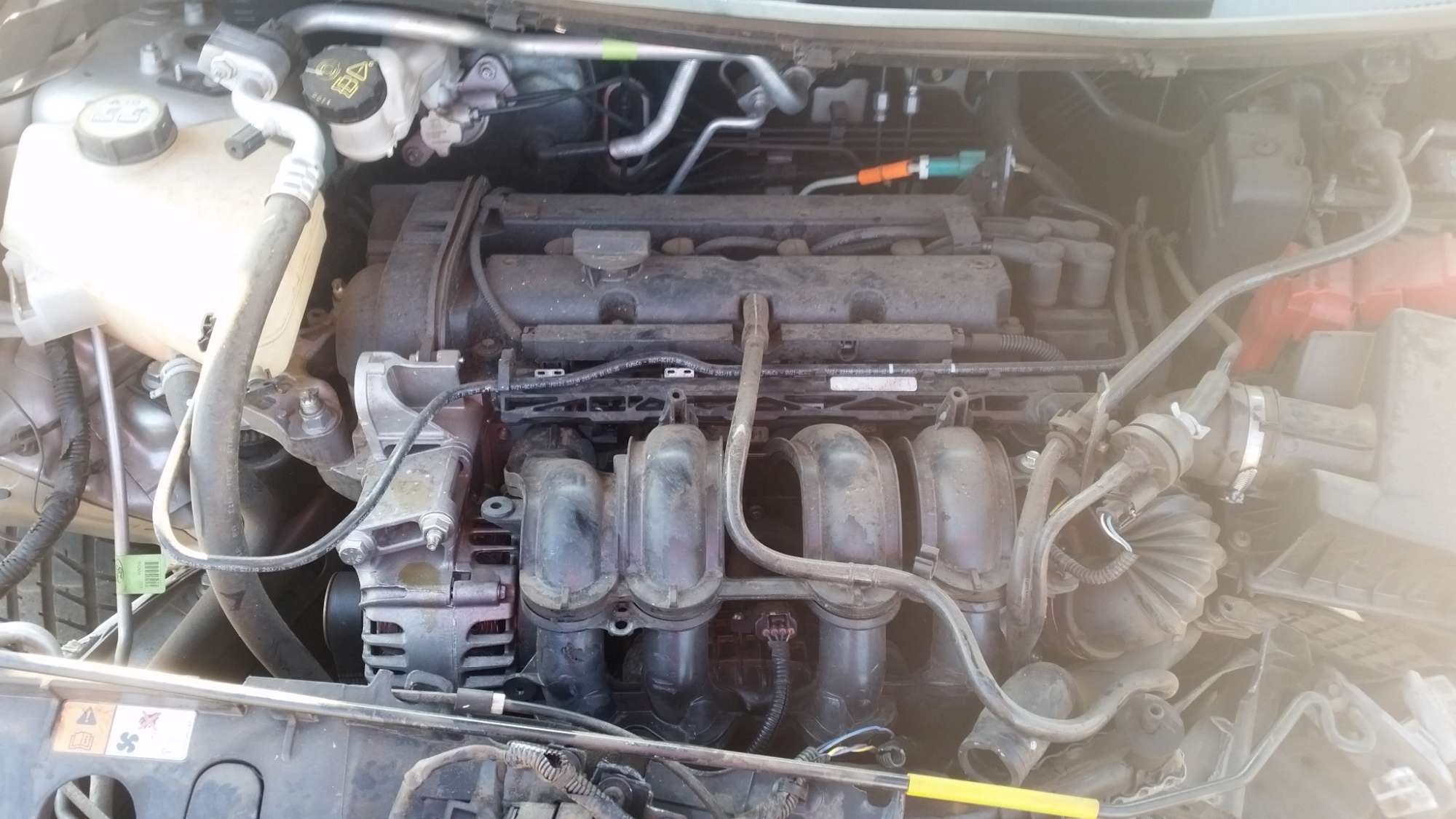Why Regular Maintenance of Your Ford Fiesta Engine Is Essential
Why Regular Maintenance of Your Ford Fiesta Engine Is Essential
Blog Article
Discovering the Development of Engines: From Classic Designs to Modern Marvels
The evolution of engine innovation represents a substantial story in the history of development, marked by critical developments that have continually redefined transportation and sector. From the preliminary heavy steam engines that powered the Industrial Transformation to the emergence of interior burning engines that transformed flexibility, each stage has actually added to better performance and ability. Presently, the change to electric power signifies not just a technical shift yet likewise a broader dedication to ecological sustainability. As we analyze these milestones, one must consider exactly how the future of engine design may unfold, testing our understandings of power and efficiency.
The Birth of Engine Innovation
The introduction of engine modern technology marked an essential moment in human technology, changing energy conversion and transportation. The earliest engines arised from the need to harness mechanical power for functional use, leading to the advancement of gadgets that converted numerous energy kinds into movement (ford fiesta engine).
The advancement of the interior combustion engine and the innovation of the steam engine catalyzed an extensive change in commercial capacities. These engines not only enhanced efficiency but also increased the scope of human movement, enabling extraordinary transportation possibilities. The early prototypes laid the groundwork for the mechanical world, helping with the surge of industries and reshaping societal frameworks.
As engine layouts progressed, they incorporated innovative products and advanced engineering concepts, leading the method for modern growths - ford fiesta engine. The birth of engine modern technology stired up a ruthless pursuit of effectiveness and power, establishing the phase for the vibrant advancement of transportation and industrial machinery that would certainly adhere to
Heavy Steam Engines and Their Influence

The steam engine's influence was especially evident in the transport industry (ford fiesta engine). Steam-powered engines assisted in the rapid activity of items and people throughout large ranges, successfully shrinking the geographical obstacles that had previously hindered profession and communication. In a similar way, steamships revolutionized naval travel, permitting quicker and a lot more reliable crossings of rivers and oceans.
In sector, steam engines powered factories, allowing mass production and the surge of urban centers as hubs of economic activity. Vapor modern technology fostered developments in engineering and manufacturing processes, laying the groundwork for future advancements in engine style.
The Surge of Inner Burning
Often eclipsing vapor power, the increase of interior combustion engines noted a transformative change in transportation and industry during the late 19th and very early 20th centuries. The growth of these engines, identified by their capability to shed fuel within the engine itself, made it possible for higher efficiency and power contrasted to typical vapor engines. Introducing inventors such as Nikolaus Otto and Rudolf Diesel played vital roles in perfecting engine styles, leading to widespread adoption in automobiles, watercrafts, and commercial machinery.
The inner burning engine's compact dimension and fairly light-weight nature helped with the appearance of individual automobiles, changing specific wheelchair and reshaping urban landscapes. By making it possible for faster traveling and the effective transport of goods, these engines militarized financial growth and cultivated globalization. The adaptability of gas options, consisting of gasoline and diesel, better boosted their appeal, permitting varied applications throughout different industries.
In spite of the ecological concerns that would certainly later check out here on occur, the first attraction of inner combustion innovation lay in its transformative capacity. As culture accepted this technology, the foundation was laid for modern transport systems, establishing inner combustion engines as a keystone of industrial innovation and day-to-day live throughout the 20th century.
Innovations in Engine Effectiveness
As interior burning engines came to be indispensable to transportation and sector, the focus moved in the direction of enhancing their effectiveness to fulfill growing demands for performance and sustainability. Innovations in engine style, product scientific research, and technology have dramatically added to this advancement.
One significant development is the advancement of turbocharging, which permits for increased air intake, resulting in more full gas combustion and improved power result without enlarging engine dimension. Furthermore, variable shutoff timing systems have been carried out to maximize engine efficiency throughout numerous RPM ranges, thereby enhancing fuel efficiency.
The use of innovative gas shot modern technologies, such as straight injection, has actually additionally played an essential function. This approach permits more accurate control over the fuel-air mix, promoting much better combustion and decreasing emissions. Additionally, light-weight products, consisting of aluminum and composite components, have been embraced to decrease overall engine weight, leading to boosted performance.
These advancements reflect a wider fad within the auto market, where the harmony in between engineering innovation and ecological factors to consider drives the recurring quest for higher effectiveness in internal burning engines. As a result, modern-day engines are now more powerful, cleaner, and reliable than in the past, leading the way for an extra sustainable future in transport.
The Shift to Electric Power
With expanding worries over environmental influence and fossil fuel dependence, the automotive sector is experiencing a substantial shift towards electrical power. This shift is driven by a combination of technical improvements, governing pressures, and altering consumer preferences. Electric vehicles (EVs) supply a compelling option to standard internal combustion engines, flaunting reduced greenhouse gas emissions and reduced operating expense.
The surge of battery innovation has been a video game changer, with lithium-ion batteries becoming a lot more efficient and affordable. Boosted energy thickness and faster charging abilities have official website actually made EVs much more practical for daily usage. Furthermore, governments worldwide are implementing rewards and establishing enthusiastic targets for terminating nonrenewable fuel source automobiles, therefore accelerating the adoption of electrical power.
As charging facilities expands and battery modern technology continues to improve, the shift to electrical power is poised to reshape the automotive landscape, promoting sustainability and innovation in the years to come. The future of transport is electrical, and the momentum is undeniable.
Conclusion
The advancement of engine innovation represents a significant trajectory of innovation that has actually exceptionally affected transport and market. From the foundational vapor engines to the transformative interior burning engines, each growth has added to boosted movement and financial growth. The existing shift towards electric power underscores an important commitment to sustainability, driven by innovations in battery innovation. This ongoing advancement not only mirrors changing social requirements but likewise highlights the possibility for a cleaner and much more efficient future in engine layout.

Report this page